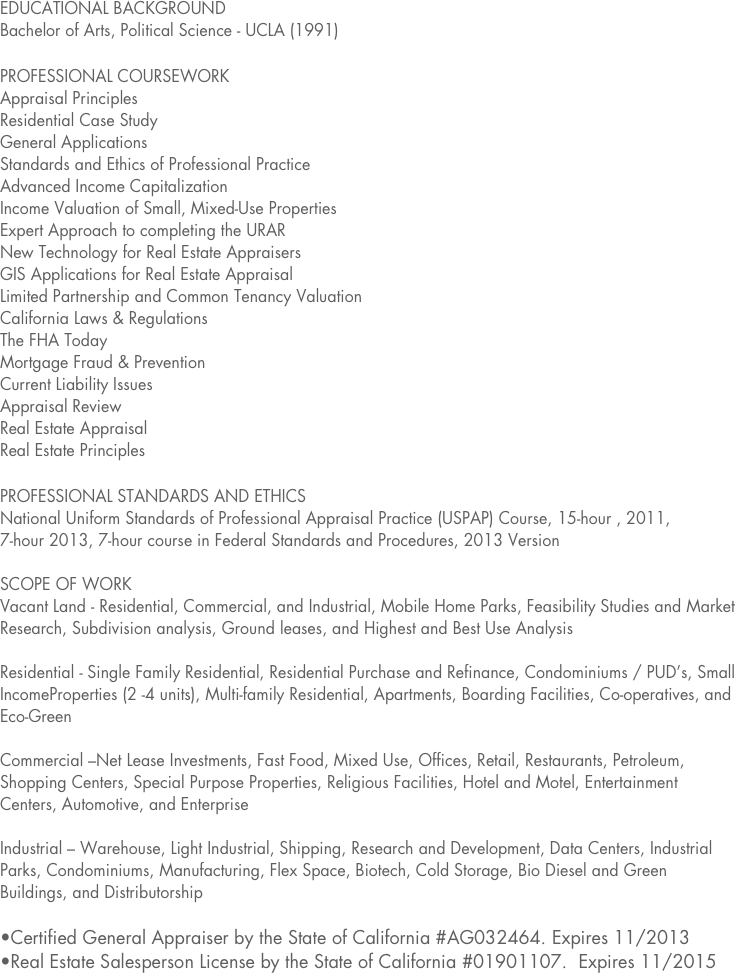Income Approach in Appraising Income Capitalization
Post on: 7 Май, 2015 No Comment

To an investor, the future cash flows dictate what the present value should be and what he/she is willing to pay for the property.
Income capitalization converts anticipated cash flows into present value by capitalizing net operating income by a market derived capitalization rate.
Essentially, a capitalization rate is a rate of return on investment much like a dividend earned on a stock. It is used by real estate investors as a benchmark for determining how much they should pay for a property. In appraisal practice, capitalization rates are extracted from sales of similar investment properties and applied to the net income of a subject property to determine it’s value.
There are several ways to estimate value using capitalization. These include direct capitalization and yield capitalization. The method used depends upon several factors such as the timing and regularity of the cash flows, period of time the investment is held, whether or not long term leases are involved, and so forth.
Direct capitalization is the most widely used and simplest approach to apply. It is used when income is not expected to vary significantly over time.
For example, direct capitalization would be used to value a 14 unit apartment building that produces a consistent annual operating income and has generally short term leases that keep pace with the market.
Direct Capitalization vs. Yield Capitalization
Direct capitalization typically involves the analysis of a single years net income (or average of several years income). The resultant NOI is capitalized by an overall capitalization rate to derive value.
Direct capitalization simulates investor motivation when reliable estimates of income and market derived cap rates are readily available in the market and reveal a consistent pattern. Use of direct capitalization does not require explicit projections of income and assumes that expectations for future income are similar for the subject and comparables.
Yield capitalization, on the other hand, requires explicit projects of income, holding period, and property reversion and generally considers the income streams for several years.
Yield capitalization does not necessarily rely on comparable sales but does require selection of an appropriate discount rate and considers the timing of recapture. Conceptually, yield capitalization involves the conversion of future benefits into present value by applying an appropriate yield rate to the various cash flows. These future benefits include any series of periodic incomes with or without a reversion (resale) of the property. In the determination of market value, typical investor’s yields are applied.
Other Techniques For Estimating Capitalization Rates
Mortgage equity (band of investment) technique — considers the blended position of the cost of borrowed capital with the equity position to deriving a capitalization rate.
Debt service coverage ratio (DSCR ratio) — derives an overall capitalization rate by blending the typical market debt coverage requirements of lending institutions with the return of the borrowed capital.
Discounted Cash Flow Analysis
When long term leases (leased fee interest ) exist or when income is expected to vary over a projected holding period, a discounted cash flow analysis is usually considered. This is a more complex type of analysis that derives value by discounting the projected annual pre-tax income flows and the anticipated reversion over the holding period into a present value estimate.














